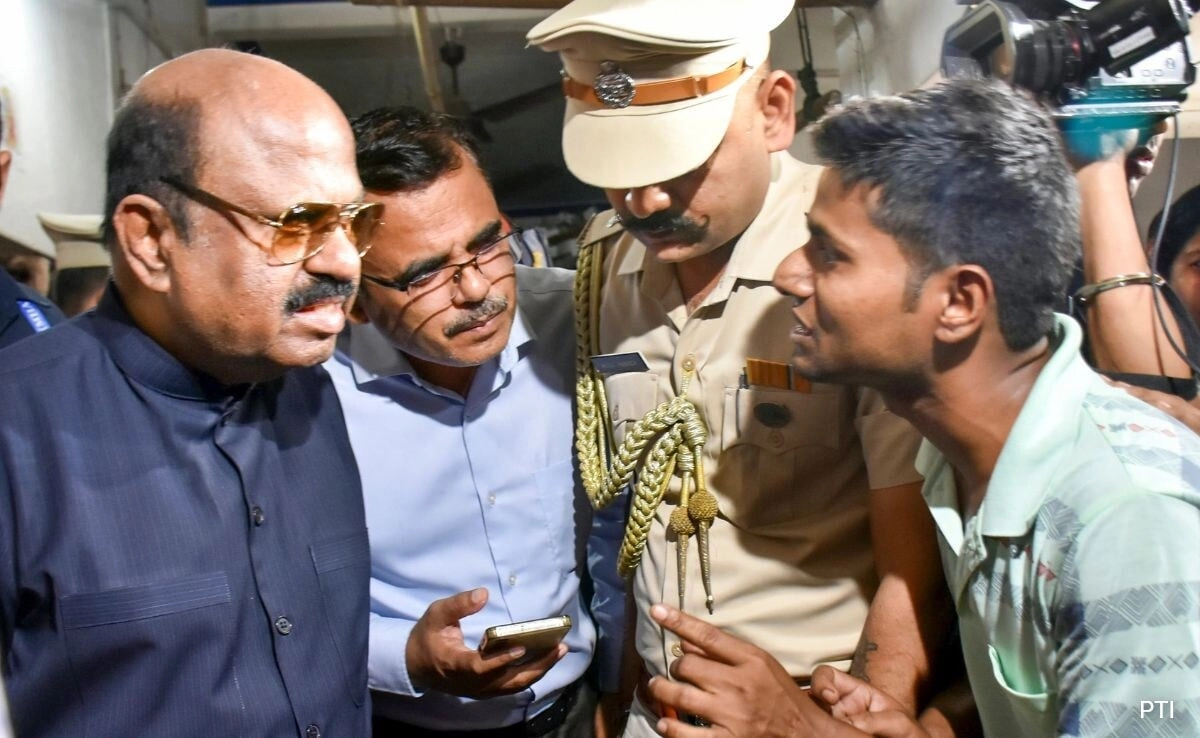In recent discussions surrounding U.S. foreign policy, particularly in relation to Iran, former President Donald Trump has emphasized the importance of a message encapsulated in the acronym “MIGA,” which stands for “Make Iran Great Again.” This phrase not only reflects a shift in rhetoric but also signals a strategic pivot in how the United States might approach its relationship with the Iranian regime. Trump’s assertion raises the question: why wouldn’t there be regime change in Iran? The implications of this question are profound, as they touch upon the complexities of international relations, the historical context of U.S.-Iran interactions, and the potential consequences of any drastic policy changes.
Historically, the idea of regime change has been a contentious topic within the context of U.S. foreign policy. The U.S. has intervened in various countries under the premise of promoting democracy and stability, yet these interventions have often led to unintended consequences, including prolonged conflicts and regional instability. In the case of Iran, the 1953 coup that overthrew Prime Minister Mohammad Mossadegh is a poignant example of how past actions continue to influence current perceptions. Trump’s “MIGA” message suggests a desire for a more constructive approach, one that focuses on empowering the Iranian people rather than directly undermining their government. This strategy could potentially foster a more positive image of the U.S. among Iranians, contrasting sharply with the historical narratives of interference.
Moreover, the notion of regime change in Iran must also take into account the internal dynamics of the country. Iran’s political landscape is characterized by a complex interplay of various factions and ideologies, making the prospect of a straightforward regime change highly complicated. The Iranian populace has shown resilience and a desire for reform, but the path to meaningful change is fraught with challenges, including governmental repression and external pressures. Trump’s message, therefore, may resonate with those who seek a better future for Iran, while also acknowledging the difficulties inherent in achieving such a transformation.
In conclusion, Trump’s “MIGA” message encapsulates a nuanced approach to U.S.-Iran relations, one that prioritizes the aspirations of the Iranian people over direct confrontation with the regime. While the idea of regime change remains a contentious and complex issue, focusing on empowering the Iranian populace might offer a more effective pathway toward stability and reform. Ultimately, the effectiveness of this strategy will depend on the U.S. government’s ability to navigate the intricate realities of Iran’s political landscape while promoting genuine dialogue and support for the Iranian people’s aspirations.




